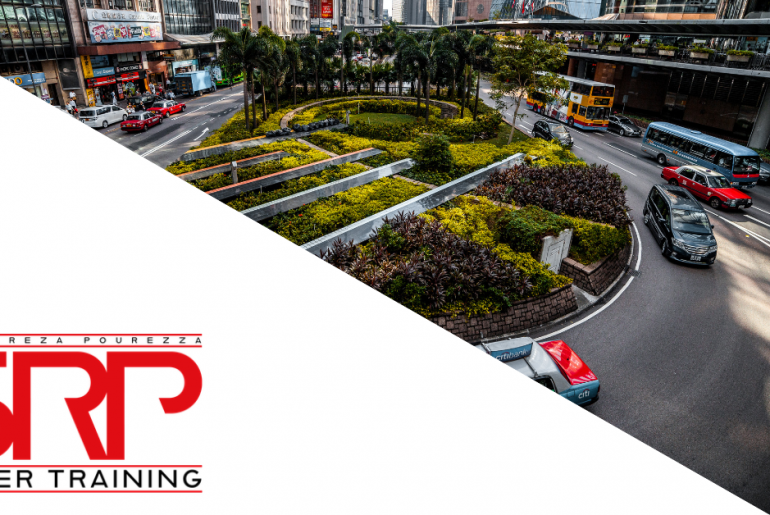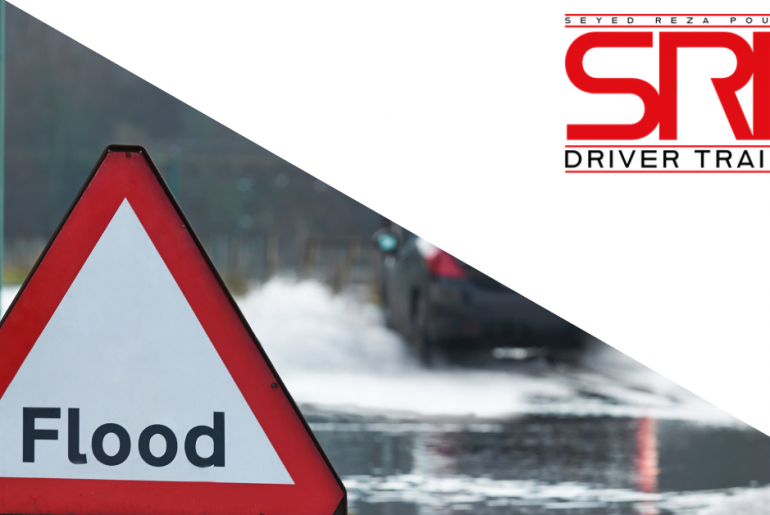Whenever you are out driving, it’s likely you are going to find yourself in situations where there isn’t enough space for two cars to pass and priority has to be given or taken. Priority is determined quite fairly but if you have to cede priority, how do you go about doing it safely?
In this blog post, we look at when and where to hold back when the going gets a little bit narrow.
Meeting Other Road Users – Determining Priority
When you come across a narrowing of the road, due to traffic calming, parked vehicles, road works or a large on-coming vehicle, you need to know who has priority. First, let’s define priority and right of way.
Right of Way:
All road users have the right of way. Right of way is simply permission to use a piece of land. Anyone in a vehicle with the appropriate licence, insurance, VED and permissions can use a piece of road.
Priority:
Priority, simply put, is who gets to use the piece of road first where more than one road user needs the space.
Recent changes to The Highway Code have given clarification on priority in a lot of situations. For example, any pedestrian with feet on the roadway automatically has priority over any other vehicle on the road.
In a meeting situation, priority can be determined relatively easily. Priority goes to the car that isn’t using someone else’s road space. So if you need to cross onto the other side of the road to get past, you should let the other car go first. If the other car needs to use your side of the road to get through, you should get to go first.
There are some problems with this arrangement; what if both cars have to cross the centre line to pass the obstruction? What if the other road user doesn’t cede priority when it’s rightfully yours? This is where your instructor is vital, to help you learn how to read and predict other people’s actions on the road. This only comes with experience.

Meeting Traffic – Finding a safe place to wait
When you come across a situation where you have to cede priority to another road user you must do it in the right way. You should be ‘reading the road’ ahead, by which we mean scanning the road close to your car, in the middle distance and a long way down the road. This will mean that you should be aware of the meeting situation developing long before it becomes an emergency stop.
You should also be aware of the obstruction that is going to cause you to move out of your lane and into the path of oncoming traffic. By being aware, you can start to plan your responses if various situations arise. Let’s take a row of parked cars on your left as an example.
You should spot them well in advance, which will allow you to position in good time to pass them. This will also give you a better chance of spotting any gaps in the row of cars that you can pull into if something comes towards you from in front. Keep updating your plan as you approach and start to pass the row of cars. Think to yourself, ‘If a car comes now, where will I go to let it pass?’
Hopefully, the meeting situation won’t be during a long run of parked cars which means you’ll have more freedom to find a place to wait for your turn to go. So what makes up a good place to wait it out?
- You want a place that allows you a good view of the road ahead. A large vehicle like a truck or a bus will obscure any following vehicles from your view so you need a place which gives you the best chance of spotting other vehicles. Some of the larger SUVs now on sale can also block views. Imagine trying to spot a little Peugeot that’s following an Audi Q7, it’s going to be very difficult.
- You will need to find a place that doesn’t cause an obstruction yourself, so stopping blocking a side road or business access isn’t a good place to wait.
- Leave yourself enough space to pull away again, don’t get too close to the parked car in front so that you have to use reverse gear to get out unless you have no choice.
- You should never stop in a box junction to wait in a meeting situation. You should also keep off any ‘Keep Clear’ markings.
- You should position your car so that it’s clear you are waiting, not parked. If you pull into a parked position, other road users behind you may try to pass you rather than follow you through the obstruction.
- You should take into account the possibility of emergency vehicles trying to pass you. Could an Ambulance or a Fire Engine get past if one came along?
- Particularly in big cities, avoid waiting on tram tracks. Trams can’t dodge and they take a long time to slow down.
- Try, if you can, to avoid obscuring your L or P plates when you pull in to let traffic pass. Position your plates so that they can be seen along the line of parked vehicles so that other road users know to give you more space to move off.

Meeting Traffic – Time to move off
Once the oncoming traffic has passed you and it’s your turn to move through the obstruction, make sure it’s safe before you go.
Even though a vehicle has just gone past, make sure you check your mirrors and blind spot before setting off again. Just because a car couldn’t get past you, it doesn’t mean it’s safe for you to go without looking. Cyclists and Motorcyclists can fit through smaller gaps and may have taken the opportunity to try and get ahead of you.
Ensure your wheels are pointing in the right direction too and be gentle with the clutch or the accelerator pedal. If you’ve lost where your wheels are pointing, steer to the right or the left, then come back to the middle around 1.5 turns. If the badge on the steering wheel is pointing the right way up, your wheels are straight and you can then apply the right amount of steering to get out.
Don’t forget to account for the rear wheels when you steer the car back to drive down the road. Just because your front wheels have cleared the parked car, your back wheels aren’t necessarily safe. You need to account for the different lines rear wheels take because they are generally not steered.



